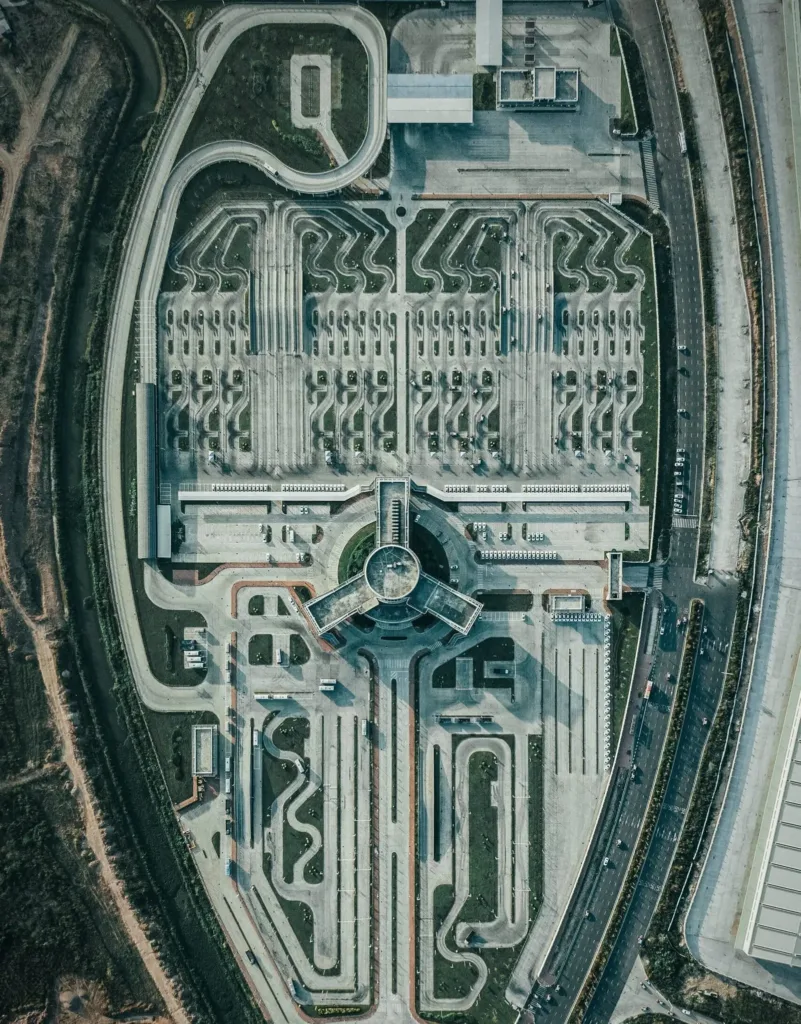The Nature of Mega Projects
Mega projects, like building international airports, high-speed rail systems, or nationwide digital networks, are inherently complex due to several factors:
- Scale and Scope: They involve vast resources, intricate designs, and long timelines.
- Stakeholder Diversity: Governments, corporations, local communities, and regulators often have competing priorities.
- Technical Uncertainty: Cutting-edge innovations or untested methods introduce risks.
- External Volatility: Economic shifts, political changes, or environmental factors can disrupt plans.
Traditional methods, such as fixed schedules or static risk models, struggle to accommodate these dynamics. Instead, project managers need forward-thinking, adaptable strategies to deliver results.
Advanced Techniques for Success
The following innovative approaches empower project managers to tackle complexity and volatility head-on:
- Modular Project Design
Dividing a mega project into smaller, self-contained modules enables parallel progress and flexibility. Each module can be completed independently, reducing the impact of delays or failures in other areas.
- How It Works: Teams work simultaneously on distinct components, such as designing tracks while building stations in a rail project.
- Benefit: If one module stalls (e.g., due to funding issues), others can continue, preserving momentum.
- Hybrid Agile-Waterfall Methodologies
Blending agile’s adaptability with waterfall’s structure creates a hybrid approach suited for mega projects. Agile allows for iterative adjustments, while waterfall ensures critical milestones are met.
- Agile Features: Continuous feedback, evolving requirements, and short cycles.
- Waterfall Features: Defined phases, governance, and deliverables.
- Application: A smart city initiative might use agile for software development and waterfall for physical construction.
- Scenario-Based Planning
In unpredictable settings, preparing for multiple futures is essential. Scenario planning develops strategies for potential disruptions, such as policy changes or resource shortages.
- Process: Identify key uncertainties (e.g., economic downturns), model their impacts, and create contingency plans.
- Example: A highway project might adjust toll pricing or community outreach based on economic or social scenarios.
- Digital Twins and Simulation
Digital twins—virtual models of physical assets—enable real-time testing and optimization. They help predict outcomes and refine plans before costly execution.
- Use Case: An airport’s digital twin could simulate passenger flows to improve terminal design.
- Advantage: Early detection of issues saves time and resources.
- Stakeholder Alignment Platforms
Centralized digital tools enhance communication and transparency among diverse stakeholders. These platforms track progress, risks, and agreements in real time.
- Example: A healthcare system overhaul might use a dashboard to update ministries, hospitals, and suppliers.
- Outcome: Trust and collaboration improve, reducing conflicts.
- Risk-Sharing Mechanisms
Collaborative models like PPPs benefit from contracts that distribute risks equitably. This aligns incentives and encourages problem-solving.
- Structure: Payments tied to performance or shared cost overruns.
- Example: A wind farm project might reward contractors for early completion while splitting unexpected expenses.
- Resilience Engineering
Designing projects to endure disruptions—whether environmental, technological, or economic—ensures long-term success. This includes redundancy and recovery mechanisms.
- Implementation: A port might use modular cranes replaceable after storms.
- Goal: Minimize downtime and maintain functionality.
Proven Examples
These strategies have driven success in iconic mega projects:
- The Channel Tunnel: Modular construction and scenario planning overcame technical and financial hurdles, linking the UK and France by 1994.
- Boston’s Big Dig: Digital simulations and stakeholder platforms managed urban complexity, reshaping the city despite challenges.
- Dubai Metro: Agile methods and risk-sharing contracts delivered a world-class system on a tight schedule in 2009.
These triumphs highlight how innovation transforms obstacles into achievements.
How to Implement These Strategies
A practical roadmap for applying these techniques includes:
- Analyse Complexity: Assess stakeholders, risks, and technical demands.
- Select Tools: Choose methodologies (e.g., hybrid models) based on project needs.
- Structure Modularity: Define independent project segments.
- Leverage Technology: Deploy digital twins or collaboration platforms.
- Engage Stakeholders: Maintain alignment through transparent communication.
- Prepare for Uncertainty: Build scenario plans and resilience features.
- Iterate: Use feedback to refine execution continuously.
This framework keeps projects adaptable and on track.
The Future of Mega Project Management
Emerging trends will further enhance these strategies:
- AI-Powered Insights: Predictive models will optimize schedules and flag risks.
- Blockchain: Smart contracts will streamline agreements and payments.
- Sustainability: Tools like carbon trackers will integrate environmental goals.
These advancements promise greater efficiency and accountability.
Overcoming Barriers
Adopting these techniques faces challenges, but solutions exist:
- Resistance: Pilot projects and training can ease transitions.
- Costs: Phased tech rollouts and partnerships offset expenses.
- Skills: Upskilling teams bridges expertise gaps.
Addressing these hurdles unlocks transformative potential.
Conclusion
Mega projects shape economies and societies, but their complexity requires bold, innovative management. By leveraging modular design, hybrid methods, digital tools, and stakeholder collaboration, project leaders can conquer volatility and deliver lasting value. In high-stakes environments, success hinges not just on what is built, but on how it’s managed—paving the way for a future of resilient, impactful mega projects.

















